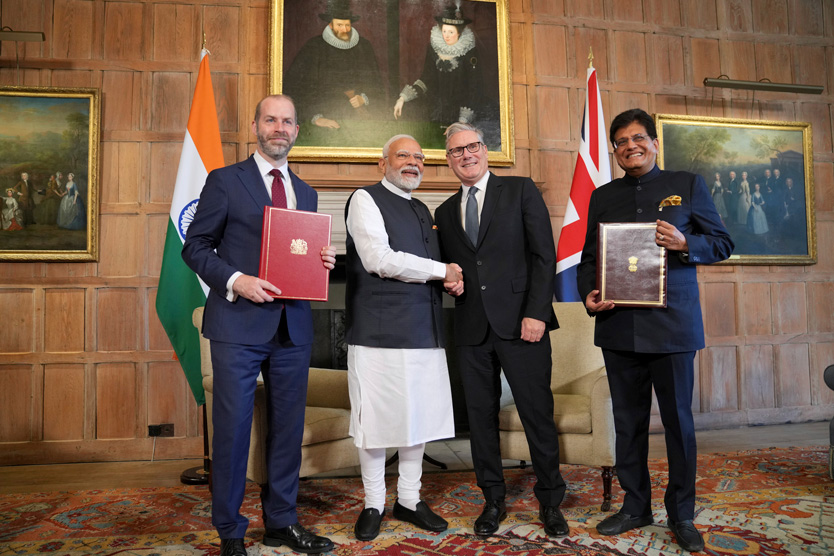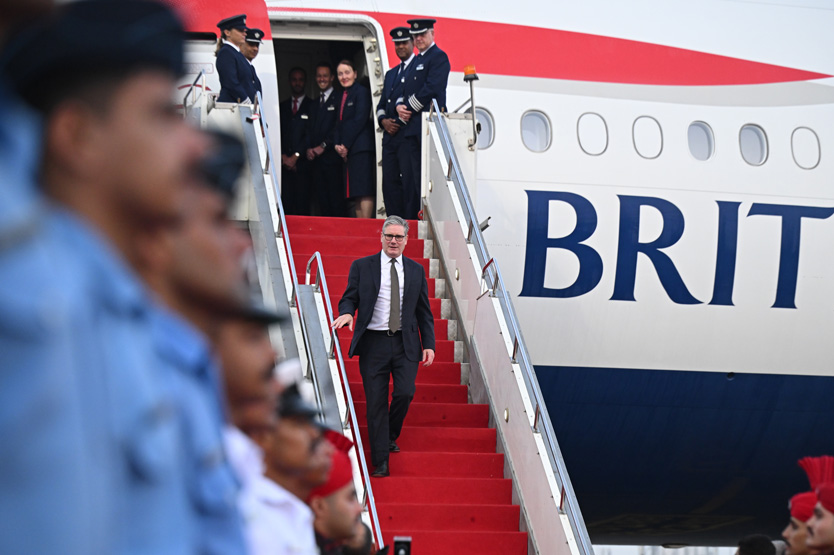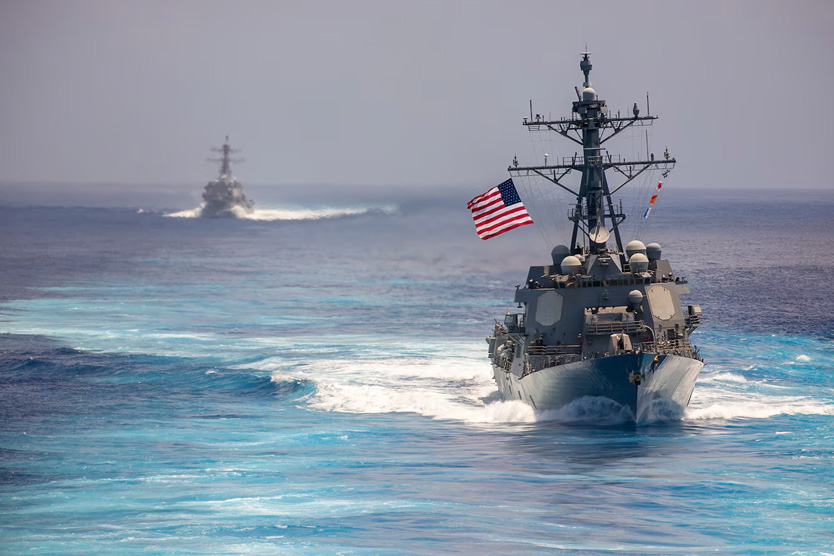How India and the UK Reached a Free Trade Agreement
India has historically been one of the UK’s key trading partners, first as its largest colony and since 1947 as an independent nation. Relations with the world’s fifth-largest economy with 1.4 billion people became particularly important after the United Kingdom left the EU in 2020.
The British government initiated negotiations with New Delhi to conclude a free trade agreement (FTA) as part of its “Global Britain” strategy to diversify London’s economic ties. The United Kingdom viewed India as a cheaper and politically safer alternative to China, with whom tensions had been growing over competition in the Asia-Pacific region.
The UK initially attempted to propose a model where New Delhi would eliminate its high protectionist tariffs (such as 150% on British whisky) in exchange for promises to open its market to Indian exports and provide access to investments. However, by December 2023, negotiations had reached an impasse.
The main obstacle was the issue of labor mobility. India demanded that London increase quotas for work visas for its professionals and return funds (approximately £500 million annually) that Indian migrant workers paid into the British treasury for social security. However, the government refused to take this step as it contradicted the Conservative Party’s election campaign to tighten migration policy. As a result, by November 2023, only 20 of the agreement’s 26 chapters had been finalized.
A breakthrough occurred after the change of government in the UK in July 2024. The new administration compromised on the insurance issue. The parties agreed to sign a separate Double Contribution Convention (DCC) that would exempt Indian professionals working in the UK on contracts of up to 3 years from these payments. Nevertheless, visa restrictions were not eliminated. This decision allowed the parties to reach an agreement on May 6, 2025. The official signing of the document by the prime ministers took place on July 24 in London during the Indian leader’s visit to the UK.

The final agreement represents a balanced document. The UK achieved a reduction in tariffs on Scottish whisky from 150% to 75%, and on cars from 110% to 10% within quota limits. India gained virtually tariff-free access to the British market for 99% of its goods. The most important concession from London was dropping demands to extend patent terms and exclusivity for clinical trial data. This serves the interests of India’s $25 billion pharmaceutical industry, maintaining its competitiveness in the generic drug market.
The October 8 Visit
The signed agreement was viewed by the UK as a foundation for deepening cooperation with India. The parties set a goal to increase annual bilateral trade by $34.5 billion and double it to $120 billion by 2030. According to UK government estimates, the FTA could increase GDP by $6.5 billion annually and create over 2,200 new jobs. The agreement is important for the British government to demonstrate successes to working-class voters.

To emphasize and strengthen ties with the new partner, the prime minister visited New Delhi, becoming the first British leader to do so since 2016. On October 8, he held meetings with Indian business representatives, and on October 9, bilateral negotiations with the prime minister took place in Mumbai.
The visit demonstrated the prospects for cooperation between the two countries, as the prime minister arrived for negotiations accompanied by the largest trade delegation in the history of bilateral relations, consisting of 125 people. It included executives from major British companies such as Barclays, British Airways, Rolls-Royce, BT Group, and the London Stock Exchange. The entire agenda focused exclusively on trade issues: the leaders attended business conferences in high technology, the CEO Forum, and Global Fintech Fest 2025. An agreement was also reached with a major film studio to shoot three Indian films in the UK starting in 2026.
Growth in India for British business means more jobs for people at home. I’ve asked my team to implement the deal as quickly as humanly possible.
Why India Continues to Buy Russian Oil Despite European Sanctions
The favorable trade agreement could have been used as leverage to pressure India regarding anti-Russian sanctions.
India continues to import Russian energy resources, which reportedly account for 35





